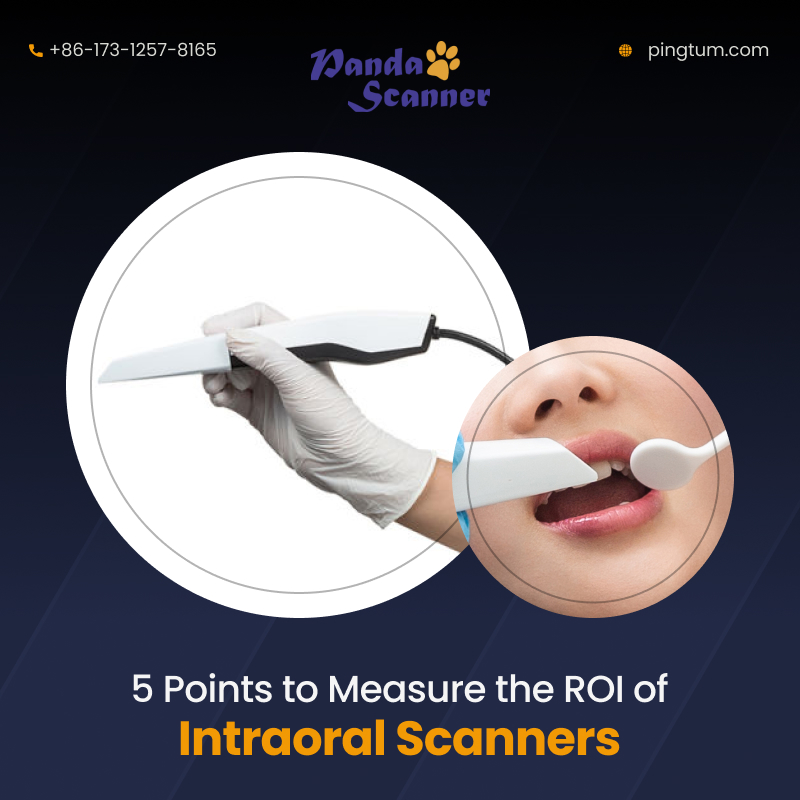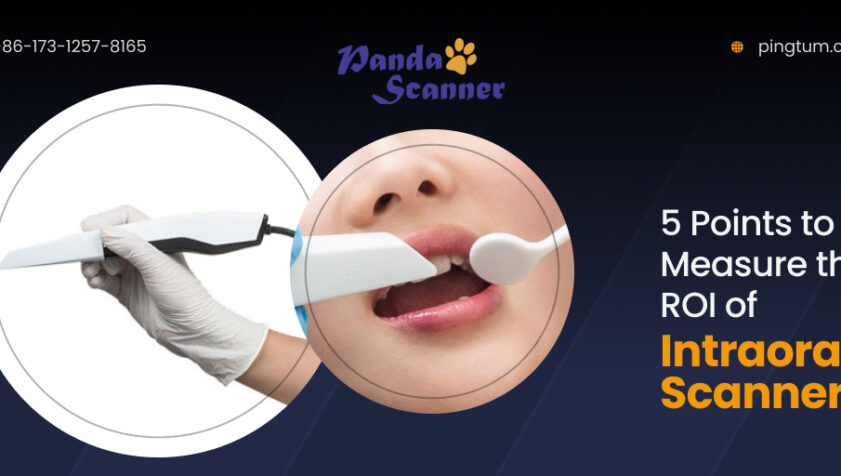The popularity of intraoral scanners is rising exponentially, and among the many reasons for this, some of the most important are their accuracy, speed, and comfort factor. All these features have given these intraoral scanners an edge over traditional dentistry. However, irrespective of the slew of benefits provided by these new-age intraoral scanners, when it comes to any new dental device, one question that clouds dentists’ minds is, “Will I get proper ROI by integrating an intraoral scanner with my dental workflow?” Multiple aspects help to achieve a return on investment that includes patient satisfaction, less time consumption, and precise treatment. Further, it also depends on factors such as the types of dental services that you mostly offer, the growth areas that you focus on, the average number of impression retakes that you perform on a daily basis, and now the performance of the intraoral scanner against all these factors will help to determine whether it is worth the cost. In this blog, we will discuss how you can estimate the return on investment of the intraoral scanner that you have integrated with your dental workflow.
So, let’s take a look at all the points that can help calculate the return on investment of intraoral scanners.

Treatment acceptance and education
It is essential to build trust with the patient, and a good quality intraoral scanner makes it easily possible. With the help of a side monitor, a dentist can engage a patient through interactions and pass valuable information about the treatment. This would help to increase the treatment acceptance of the patient as they would understand why and how the treatment is required and can fix the problem. Also, the dentist gets to learn about the patient better, and that would help to help him/her to do a more appropriate diagnosis and treatment. All these help to build a strong, long-term relationship between the dentist and the patient and therefore increase the number of loyal patients.
Savings due to the elimination of impression materials
One of the best benefits of using an intraoral scanner is that you don’t need to use impression material to obtain the measurements of the patient’s oral cavity. This eliminates the patient’s chances of choking or gagging, and pain and makes the process more comfortable for the patients. And, most importantly, you can save a considerable amount that you would otherwise have to spend on the impression material under traditional dentistry. Moreover, using a digital impression system would enable you to achieve the perfect impression in one shot, treat more people due to less chair time, and boost your income naturally.
Minimum turnaround time & lesser retakes
With the help of a digital impression system, you don’t have to ask your patient to visit the clinic multiple times for retakes. This is because, unlike traditional impression systems, you don’t have to deal with impression damage caused by bubbles, shipping temperature, or saliva contamination. And, if any distortion occurs, the dentist can go for a retake in the same sitting. Dentists can further scan patients very quickly with an intraoral scanner such as the Panda P2 intraoral scanner. All these not only minimise the amount of time spent on the retakes but also save shipping costs, and automatically the turnaround time gets reduced.
Enhanced team efficiency
The intraoral scanners are equipped with technology that makes them intuitive and therefore very easy to use. When a device is potentially easy to use, it becomes enjoyable for the dentists and the entire team to use it. Therefore, work can be easily delegated within the team, which would in turn facilitate faster decision-making between the clinic and the lab.
Multiple applications
Any good-quality intraoral scanner, for example, the Panda P2 intraoral scanner, offers support for various types of clinical applications. This includes orthodontic, restorative, and sleep dentistry, and as a result, it helps dentists earn a decent return on investment.
Conclusion
When you or anyone is investing in a new dental device, besides the ease of operation and a great experience, it is understandable that you would lookout for a good return on investment. The above-mentioned points would help you estimate the return on investment and make better decisions. You must, however, remember one thing: to get the best output from an intraoral scanner, you need to give time and keep an open mindset to learn and use it better.






